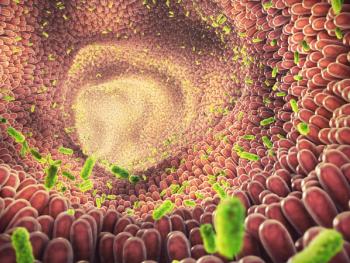
Quick tips for recognizing and treating a heat stroke emergency

Erik Zager discusses why it's important for veterinarians to get comfortable treating heat stroke and shares quick pointers for recognizing and treating this emergency
Erik Zager, DVM, DACVECC, gives a quick overview of heat stroke, its signs and symptoms, and some easy steps clinicians can take to treat it.
The following is a partial transcript of the video.
Erik Zager, DVM, DACVECC: Even if you're not in a 24/7 emergency hospital, Even if you're not in a specialty hospital, heat stroke comes in and you're able to do a lot really quickly and then potentially help save that dog's life, even prior to referring it elsewhere. These things are very dynamic. It takes really quick recognition and it needs [you] to not have that moment of panic where you say, "Oh no, I don't know what I'm doing. I need to send it elsewhere." And being able to say "I think I got this" allows you to really make a huge difference in that dog's life.
Newsletter
From exam room tips to practice management insights, get trusted veterinary news delivered straight to your inbox—subscribe to dvm360.






